The picturesque Spanish province of Castellón was poised to welcome hordes of tourists when the city’s airport opened in 2011, but with no commercial flights, it stood empty for years, a symbol of Spain’s wasteful building spree in the run up to the 2008 financial crisis.
Now, Irish budget airline Ryanair has announced new routes between Castellón and the UK, finally opening up the quaint Spanish city to British tourists, who are already making enquiries into properties in the area, according to Martin Dell, Director of Kyero.com which lists over 175,000 Spanish properties from 2,500 estate agents.
GALLERY: Top Ten things to do in Castellón
"Castellon is one of Valencia's most interesting cities and largely unknown up until now. The opening of the Castellon airport is likely to see a localised property boom, with prices rising and international interest in the area really taking off,” said Dell.
"As well as the city of Castellon itself, nearby Peniscola, Vinaros and San Jorge also look set to benefit from Spain's ghost airport finally gearing up to receive the international jets for which it was built."
Kyero's buyer enquiries certainly support the idea and reveal precisely what it is buyers are looking for in Castellón. Interestingly, it is the French who seem most interested in Castellon at this early stage in its entrance onto the global stage. Enquiries from French buyers account for 48 percent of the total, followed by English buyers at 30 percent.
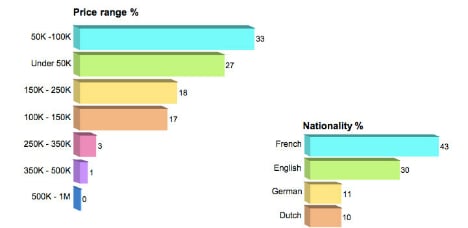
When it comes to property type, homes in the €50k-€100k price range attract some 36 percent of enquiries, followed by homes under €50k (with 30 percent of enquiries). 61 percent of buyers are looking for apartments and 39 percent want three bedrooms, closely followed by 34 percent wanting two bedrooms.
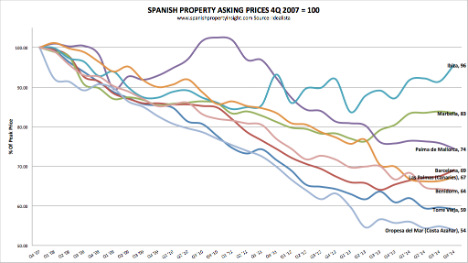
The province recently hit headlines when a house worth €90,000 ($99,256) was won with a €10 lottery ticket.
Castellón's best property buys
Rustic country house
This traditional country house with three bedrooms and generous plot of land, just 24km from the coast, costs just €160,000 ($174,000).
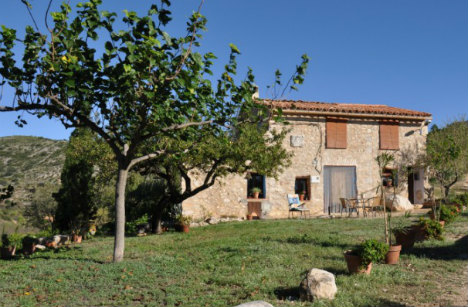
Photo courtesy of Albert-Villas Sl/Kyero.com
Modern penthouse with pool
This duplex penthouse, located in Peniscola, on the Costa del Azahar, has incredible sea views as well as three bedrooms and two bathrooms. It could be yours for €199,950.
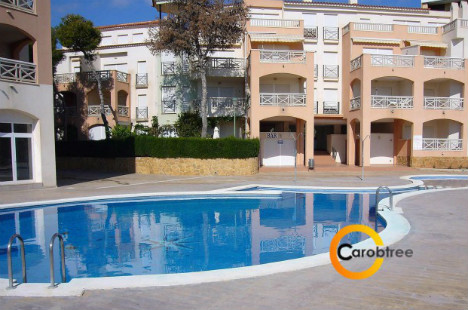
Photo courtesy of Carobtree/Kyero.com
Golf course apartment
This two bedroom apartment is located on the pretty Golf course panorama in San Jordi. The apartment complex boasts a communal garden and two pools and the apartment is on the market for €68,000.
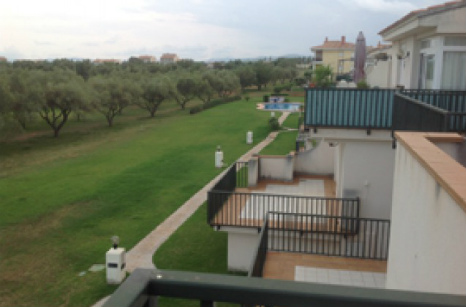
Photo: Inmobiliaria IK-Consulta/Kyero.com
Beach front apartment
This one bedroom, one bathroom apartment, along Peniscola's beach front, boasts incredible sea views for a very reasonable €85,000.
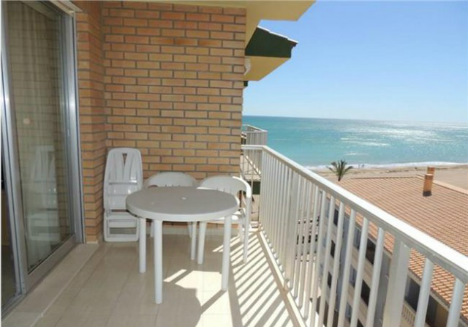
Photo: Fincas Beltrán/Kyero.com

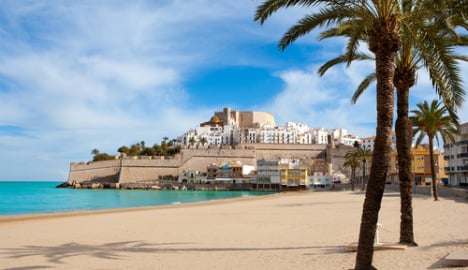
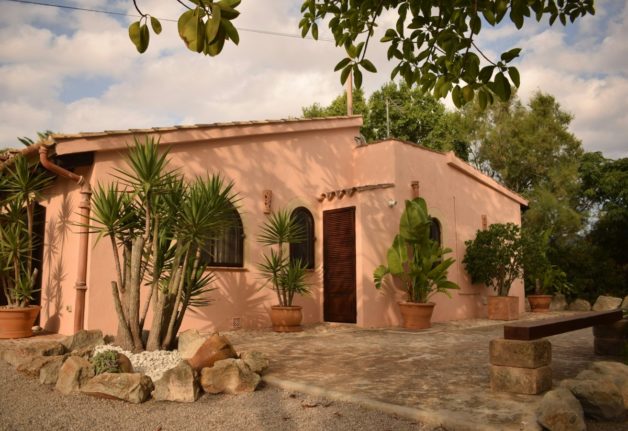
 Please whitelist us to continue reading.
Please whitelist us to continue reading.
Member comments